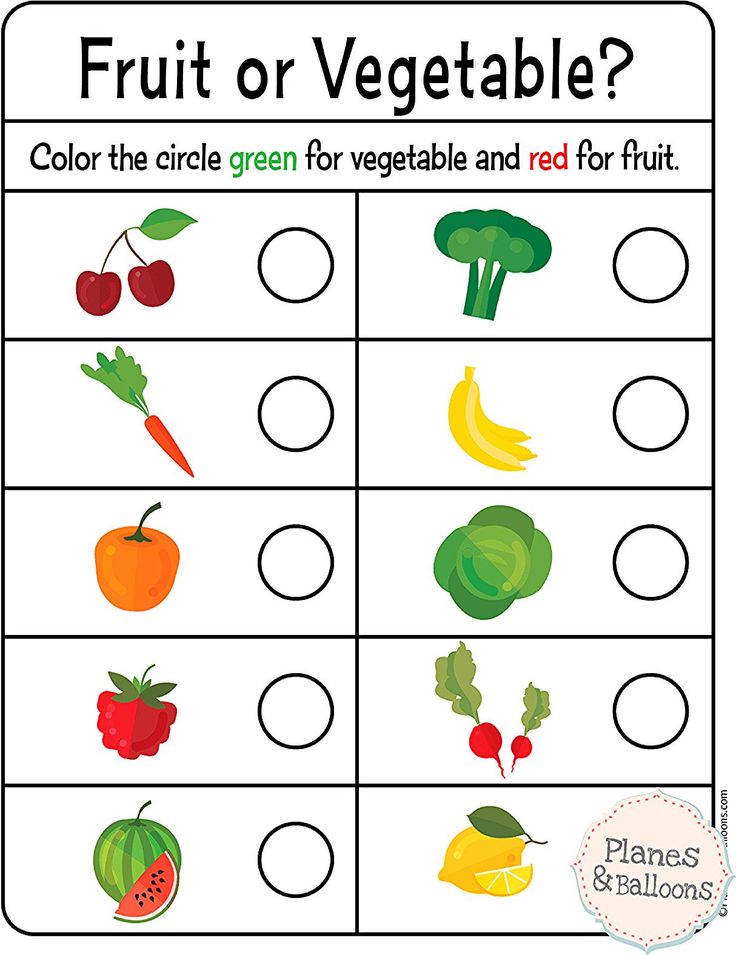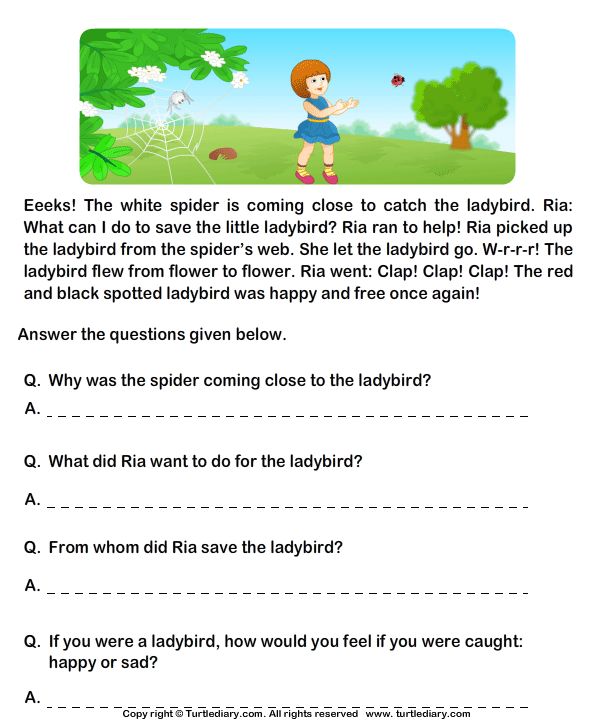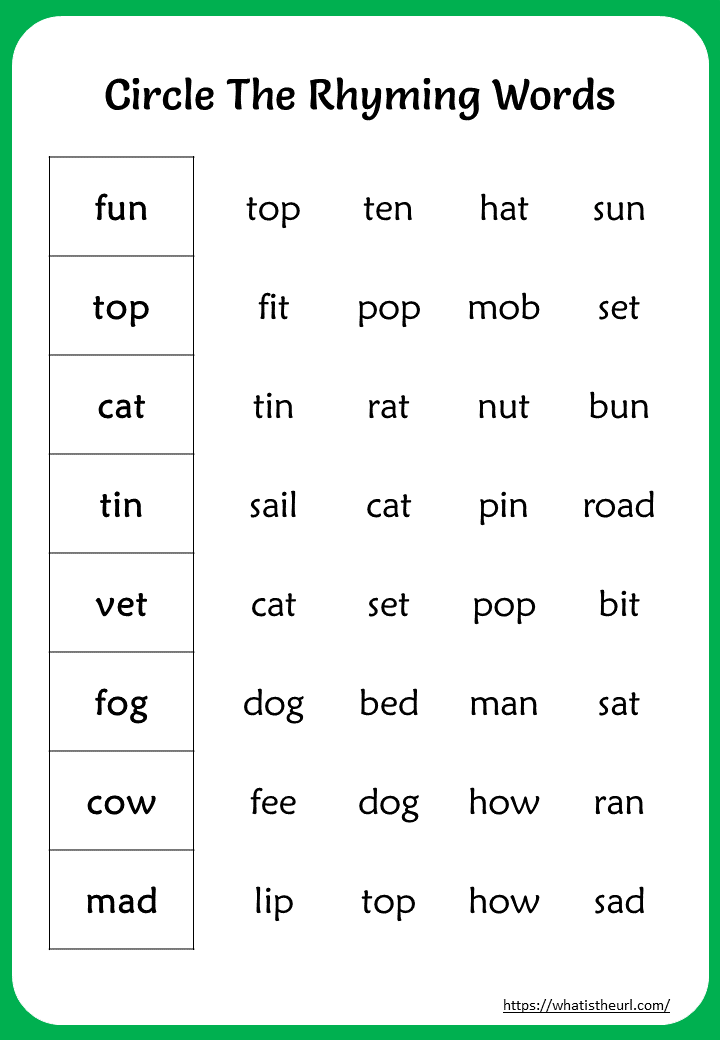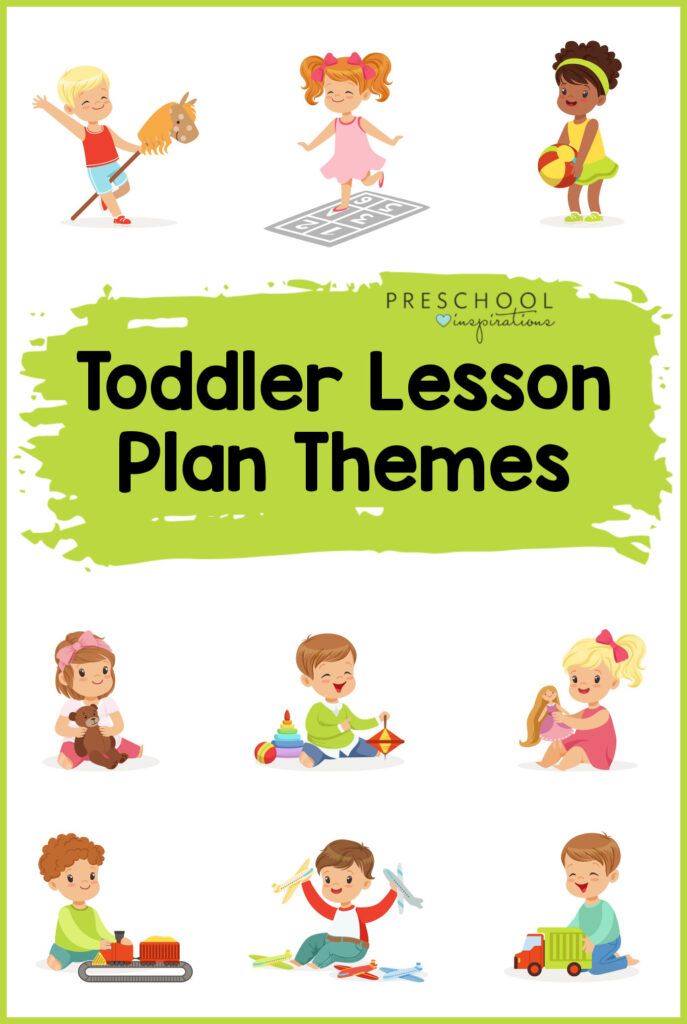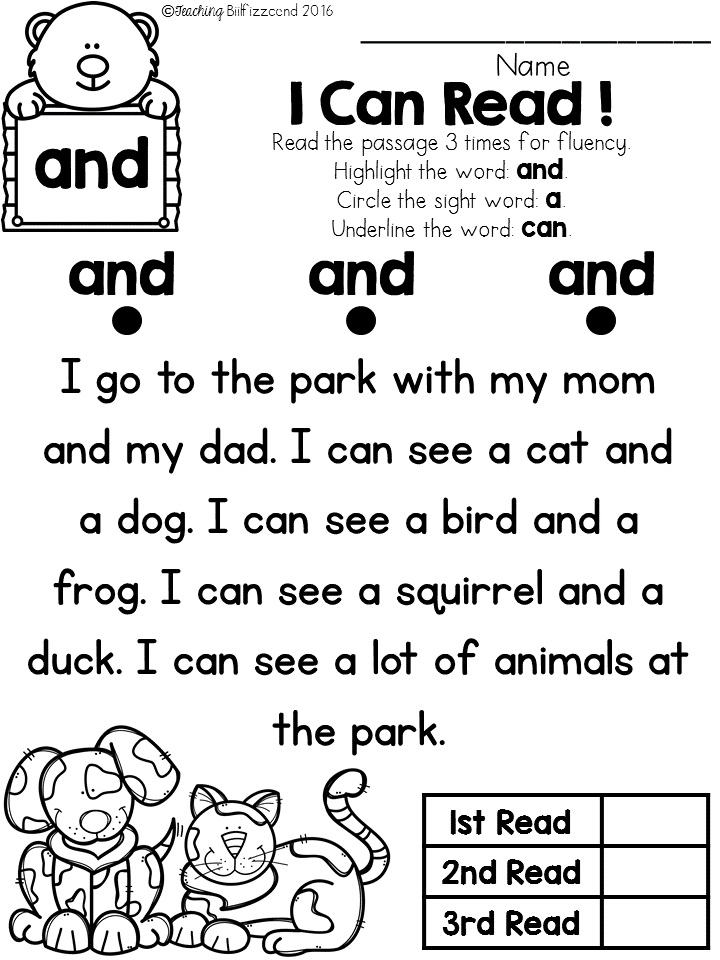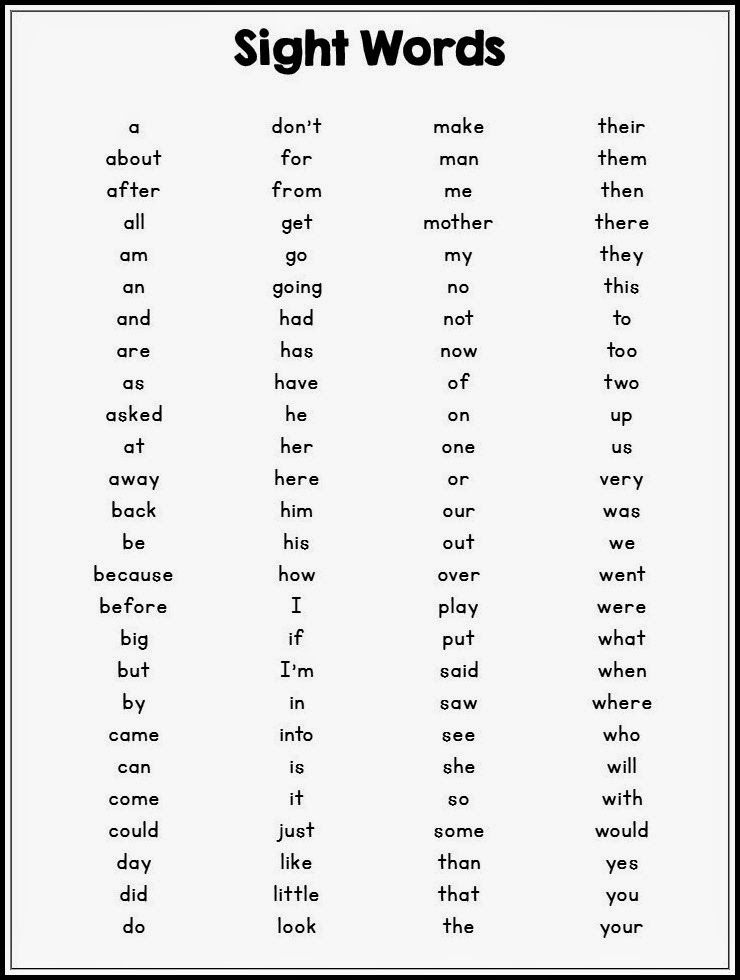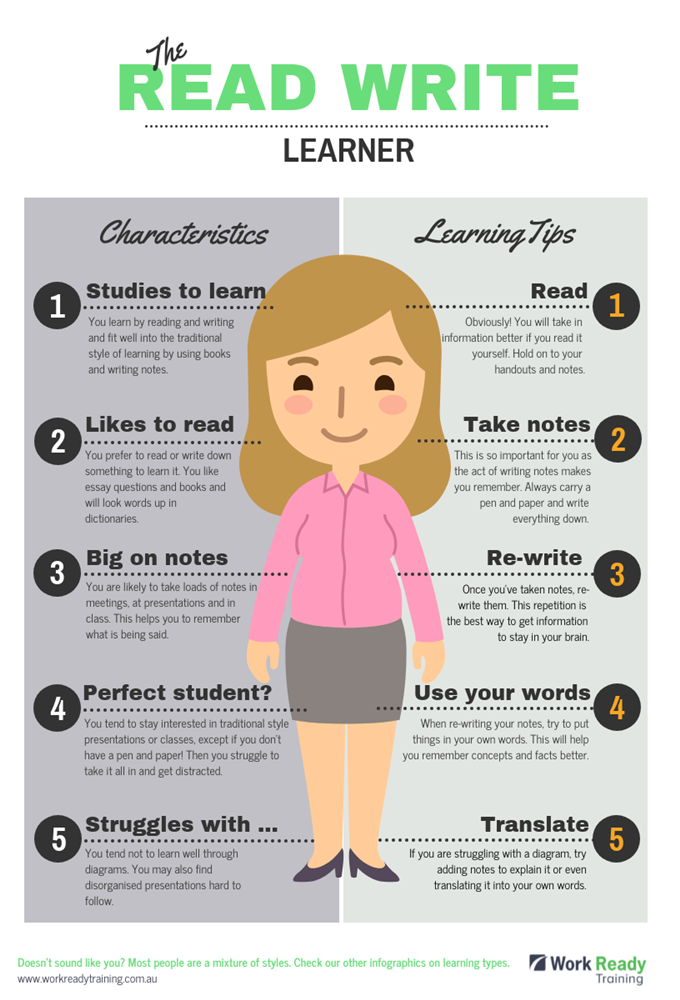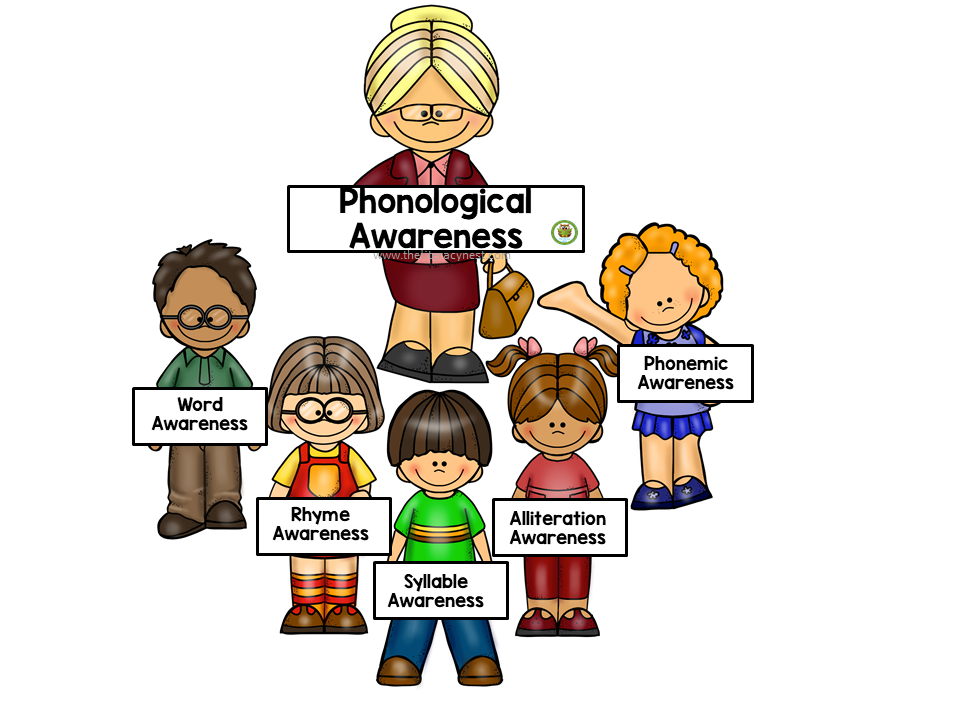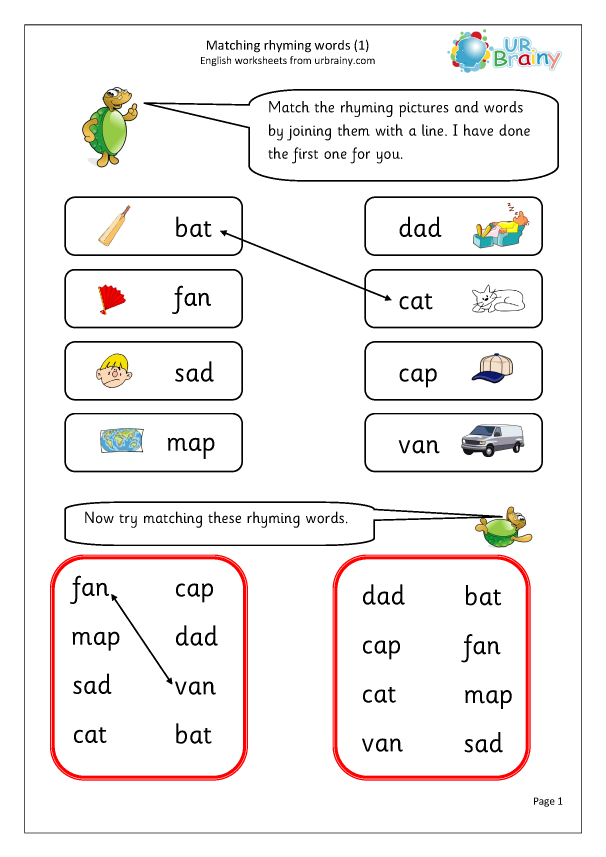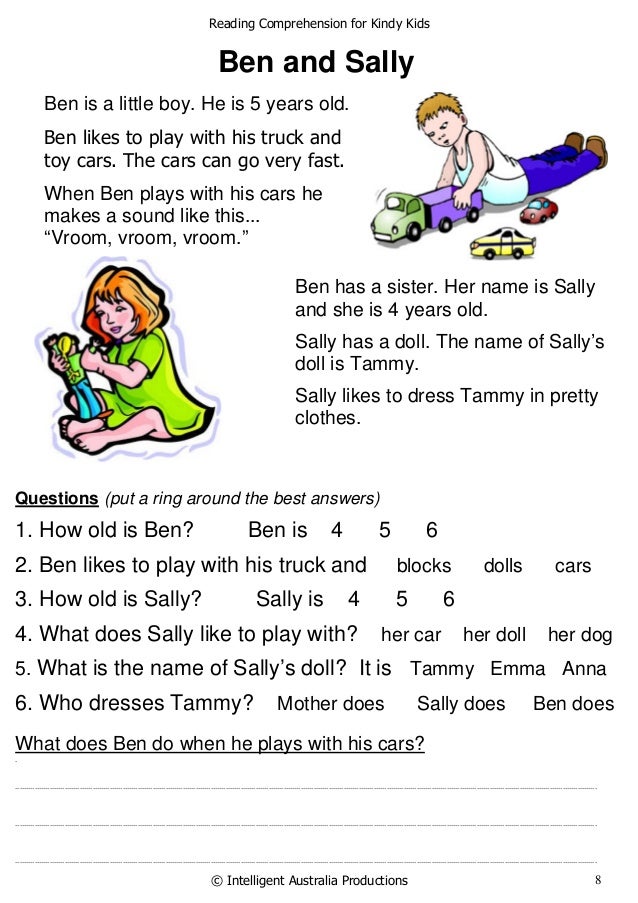Same and different concept for preschool
Teach Kids About The Concept of "Same & Different"
- What Is Same And Different?
- What Is The Importance Of Teaching Same And Different To Kids?
- How To You Teach Same Or Different Concept To Kids?
The concept of “same or different” for preschoolers is an important concept that kids must be taught at an early age. Gaining knowledge about this concept will help kids in future when they are taught about this academically. In this article, we have covered the importance of teaching this concept to kids along with some activities that will help your child to learn this concept.
What Is Same And Different?
Here is the same difference meaning children.
The concept of “same and different” is also known as “alike and different”. In this concept, parents teach children how to compare two or more numbers, shapes or objects. Comparing two things fosters many curricular competencies, like communication, reasoning, constructing arguments, etc.
The application of same and different skills can be taught to kids through interesting and everyday same and different math activities.
What Is The Importance Of Teaching Same And Different To Kids?
Continue reading to know the importance of teaching the same and different concepts to kids.
- It helps children to understand how to sort, count, measure and analyse.
- It will also help them with concepts of numbers, patterns, shapes and some basic pre-math.
- It gives children the confidence to explore and develop an understanding of the world around them.
- It will help them enhance their logical, visual, fine motor and gross motor skills.
How To You Teach Same Or Different Concept To Kids?
Wondering how to teach your little one the same but different concept? Here are some activities that will come to your aid.
1. Sort The Socks
Take multiple pairs of socks and put them in a pile. Now ask your child to find the matching pair of each sock.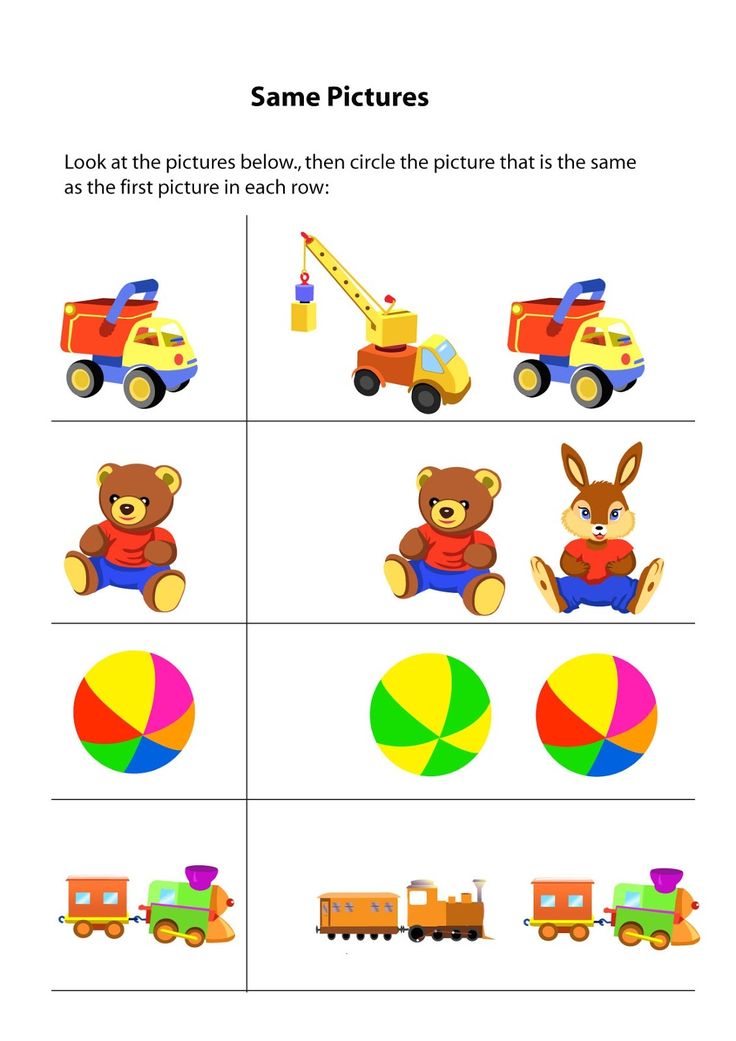 This way, your child will learn the concept of sorting.
This way, your child will learn the concept of sorting.
2. Math The Picture Cards
Take a printout of some pictures (2 matching images of each picture). Shuffle them and ask your child to match the pictures and make the pairs.
3. Continue The Pattern
Make a simple pattern with building blocks for children. This could be made in such a way that 3 blocks in a row, followed by 4 blocks in a row, then 5 blocks in a row. Now, ask your child to find and replicate the pattern.
4. Touch The Bag & Tell
Take an opaque bag and add a few pairs of matching items, such as 2 socks, 2 pens and 2 oranges. The child needs to reach into the bag and feel for the pairs and take them out, one pair of an item at a time.
5. Smell & Tell
Collect 2 or 3 pairs of items that smell like perfumes, soap bars, juices, etc., and get your child to match the ones that smell the same.
We hope the activities shared above will help your little one to understand the concept of “same and different”.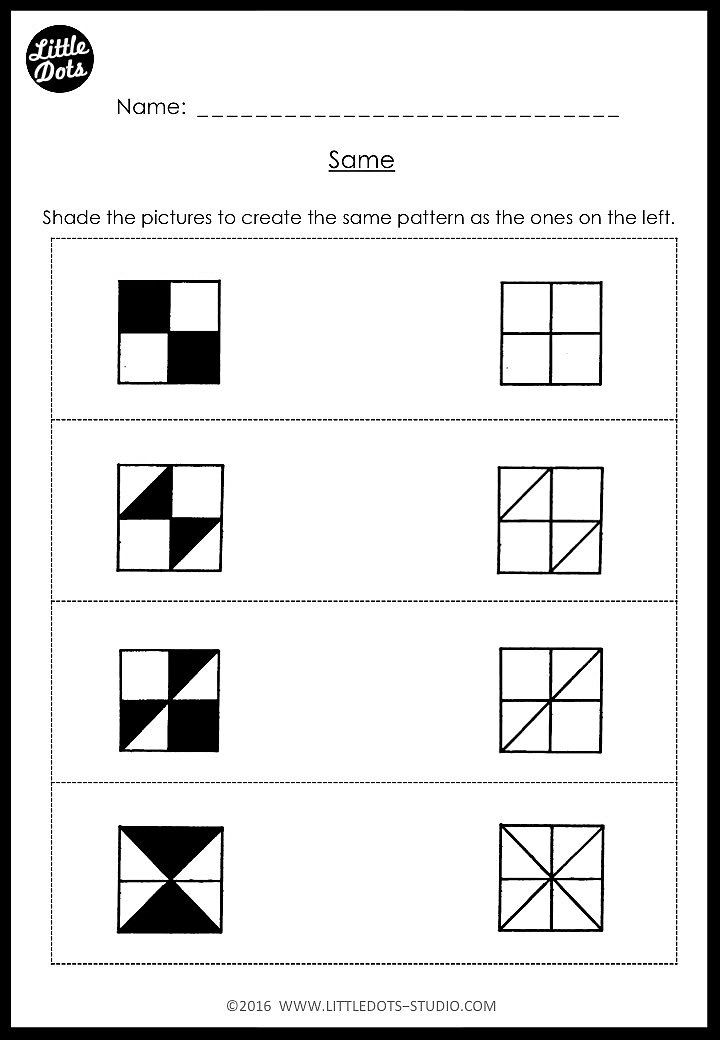 Make sure you teach this concept to your child regularly so that their basics are clear. Happy Learning!
Make sure you teach this concept to your child regularly so that their basics are clear. Happy Learning!
Also Read:
Singular And Plural Nouns for Children
Pronouns for Kids to Improve Vocabulary
Adverbs for Children with their Types and Examples
17 Hands-On Matching Activities for Preschoolers
- Share
Matching is a vital skill to teach preschoolers and one that will affect their future ability to read.
Here are some fun, hands-on matching activities for preschoolers. Play them at home or at school.
What is a Matching Activity?
A matching activity is any activity or game that teaches the basic mental skill of matching – or finding something that is the same.
For a child to understand matching, they need to grasp the concepts of same and different.
Something only matches if it is identical or just the same as something else.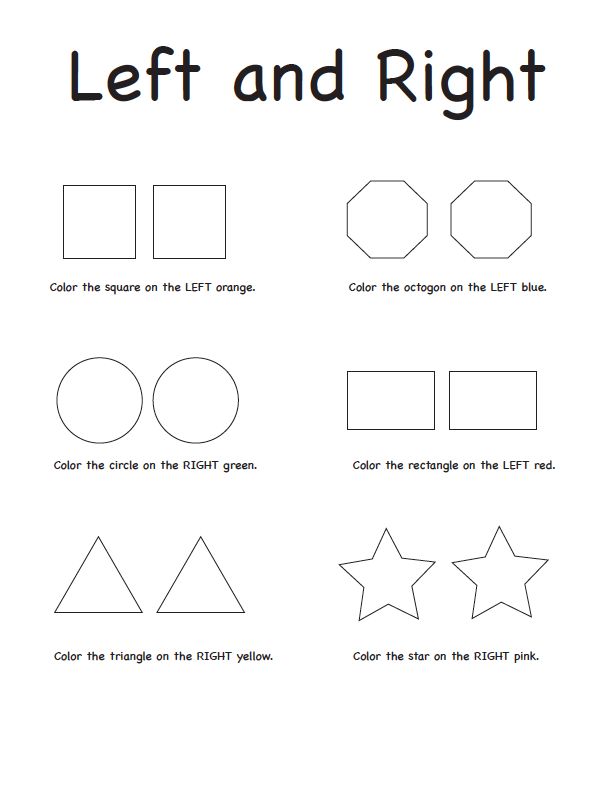 A picture of an apple can be matched to another picture of an apple, but not to a real apple.
A picture of an apple can be matched to another picture of an apple, but not to a real apple.
Children are able to start doing simple matching from around 2-and-a-half to 3 years, and they continue to build this skill through the preschool years.
Matching activities can take many forms – from searching for another identical block to make the tower taller, to weeding a vegetable patch and leaving only the lettuce in the soil.
Why is Matching Important for Preschoolers?
Learning to match is important because children must be able to discriminate between same and different before learning some of the more complex cognitive skills, such as finding common relations, grouping (sorting) and ordering (seriation and sequencing).
Matching is also a pre-reading skill. When children are learning to read at a later stage, they need to be able to observe small differences in letters such as b and d, or words like doom and wood.
How Do You Teach Preschoolers to Match?
You can teach preschoolers the concept of matching by using the correct terminology.
For example, ask your children:
- Is this just the same?
- Find me the one that is just the same.
- Show me the one that is different.
- Which one is not the same?
Play games and do activities where you match physical objects. Do not rush into doing matching worksheets as these activities are not as meaningful as physically matching concrete objects.
The best learning happens when you engage all the senses. Matching does not always need to be a visual activity – you can also match by sound, taste, smell and feel.
Once your kids have learned to match actual items, introduce matching pictures and use worksheets much later.
Try the activities listed in this article, but don’t miss out on spontaneous, teachable moments that pop up in your day, as we often use matching in our day-to-day life.
17 Matching Activities for Preschoolers and Toddlers
Here are some simple, hands-on matching games and activities to engage all the senses.
1. Matching Socks
Take a few pairs of socks and mix them all up. For toddlers, start with 2 or 3 pairs only.
Get your children to pair up the matching socks. Older kids can do this to a timer, then try to beat their time with another round.
2. Matching Card Games
Matching card games are found in most homes and preschools. They are made up of pairs of matching picture cards.
You can easily make your own by cutting a sheet of cardboard into squares and drawing or pasting matching pictures on them. Then, shuffle the cards and get your kids to match them.
Give toddlers just a few pairs and older preschoolers multiple pairs.
Would you like a set of printable matching memory cards? Download your FREE set of printables at the end of the post!
These cards are also used to play a visual memory game.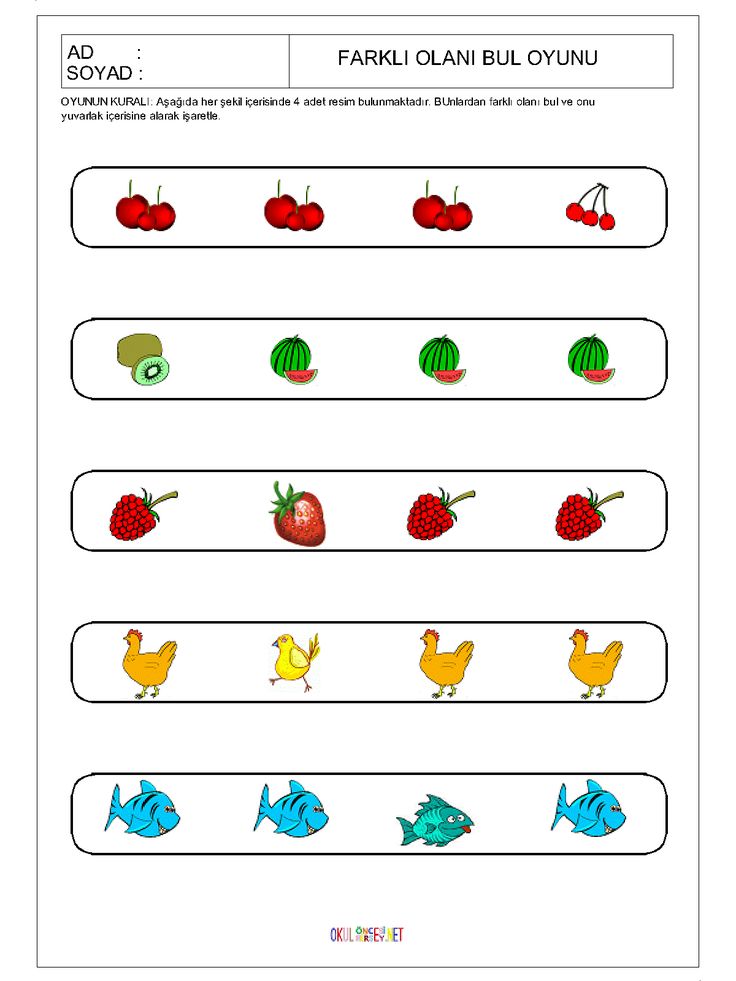
3. Colour Match
Use or make little blocks of coloured paper in pairs. These can be covered in clear contact plastic and stored in a bag to use again later. (There are also some colour cards in the memory card game in the FREE set available at the end of the post).
Challenge children to match the colours. Start toddlers on the primary colours and give preschoolers all 9 basic colours – red, green, blue, brown, yellow, orange, purple, black and white.
4. Match the Action
Stand facing your child or the class. Perform any action – such as putting one hand on your head and stamping your foot – and children must copy the action.
Then, swap roles and follow your child’s actions.
This is an opportunity to teach older children that your left side (arms, legs, etc.) is what they see to their right. This is a complex skill so it is ok if they just copy the action as they see it.
5. Matching Sound Jars
Use identical jars for this activity.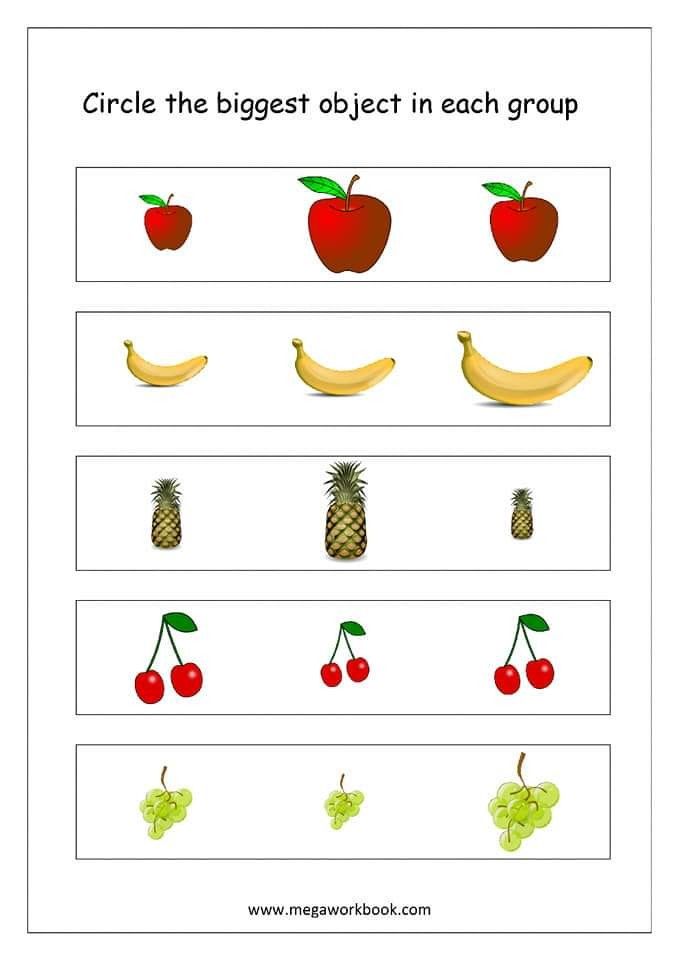 They should not be transparent.
They should not be transparent.
Fill the jars with pairs of various materials, such as 2 jars with beans, 2 jars with rice, 2 jars with lentils, etc.
Mix them and get kids to shake them, matching the pairs together.
6. Match the Pattern
Make a simple pattern with blocks. For younger children, this could be 3 blocks in a row, for older children a more complex pattern such as 2 blue blocks, 1 red block, and 2 green blocks.
They must replicate the pattern.
7. Clapping Patterns
For this hand-clapping game, you clap a simple pattern and your children must clap it back to you.
Alternate between less and more claps, long claps and quick claps in succession.
8. Weeding
Next time you are doing some gardening, get your children to help you weed the vegetable patch. They must take out anything that doesn’t look like the lettuce or whatever you have planted.
9. Pack Away
At tidy-up time, instead of throwing all the blocks into a container, sort them and put all the blocks that are identical together.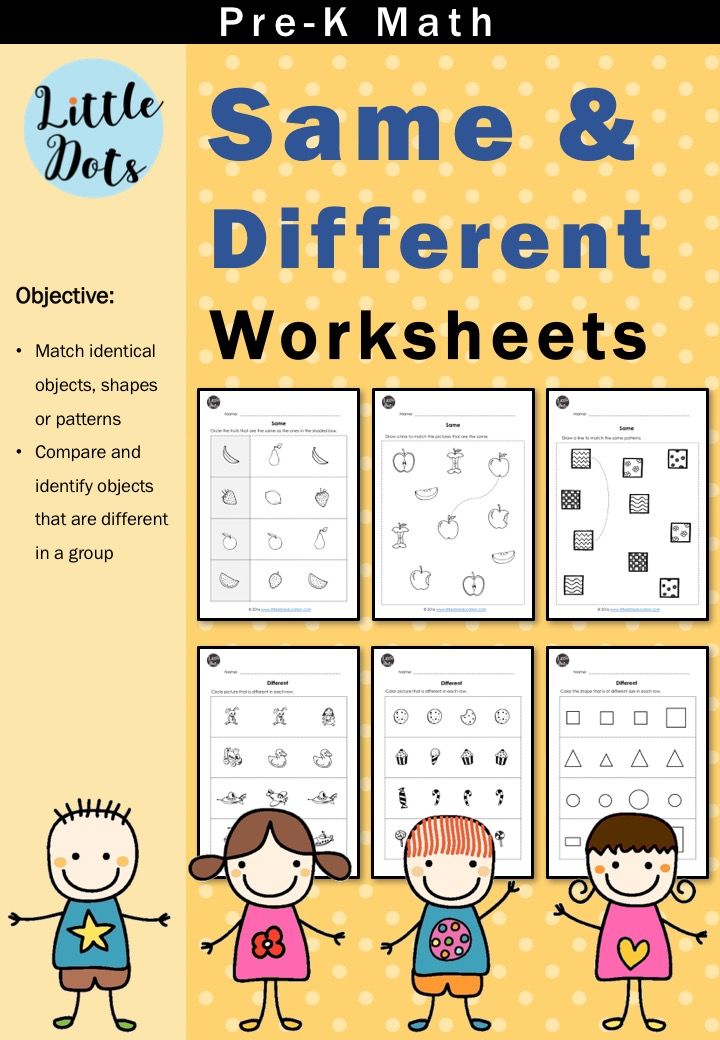
Place all blue cubes in a row on the shelf, then all the red cubes, then the green cylinders, etc.
Children actually prefer using similar blocks during construction play and they will enjoy having the different types of blocks neatly visible.
10. Sticky Partners
Use a set of stickers that have multiples of the same sticker. Take one of each kind and stick it to a cupboard door or wall.
Children must stick the matching stickers over the ones you have placed on the door.
11. Find Your Partner
This is best played in a classroom or when you have multiple children.
Place a sticker on each child’s hand. They must move around the class, finding the person who has a matching sticker on their hand.
As the pairs find each other, they must sit down together so the remaining pairs can find each other.
12. Box Match
Print some pairs of pictures or draw some basic pictures and paste one of each onto a small box.
Children can drop the pictures into boxes that show the matching picture.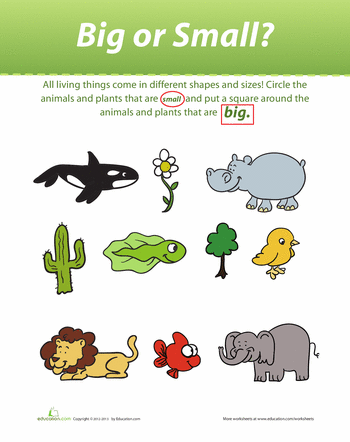
13. Touch and Feel Bag
In a bag that you can’t see through, place a few pairs of matching items, such as 2 socks, 2 pencils and 2 oranges.
Kids reach into the box and feel for the pairs and take them out, one pair at a time.
14. Choices
This is similar to the previous game but in this version, place one item in the bag (such as an orange) and show your kids three items (an orange, a banana and a pear).
They must choose which fruit matches the one they can feel in their bag.
15. Matching Smells
This is great to try with toiletries. Give your kids 2 or 3 pairs of items that smell and get them to match the ones that smell the same.
Try using different-smelling soap bars that look the same, or pour two different types of shower gels into small containers (2 of each kind).
16. Matching Tastes
For this activity, offer children small pieces of different varieties of apples, or even citrus fruits that look the same, and ask them to match the ones that taste the same.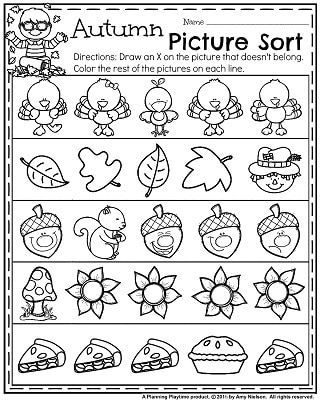
17. Matching Veggies
For this activity, provide small cut-up pieces of vegetables that have the same colour, such as white veggies (turnips, potatoes, onions) or orange veggies (butternut squash, pumpkin, carrots).
Children must match the vegetables that are the same by looking carefully at the textures and variations in colour.
I hope you’ll enjoy trying out these simple preschool matching activities!
This post contains affiliate links for educational products that I personally recommend. If you purchase through one of them, I earn a commission at no extra cost to you. Read the terms and conditions for more details.
Sources:
“Total Learning: Developmental Curriculum for the Young Child”, written by Joanne Hendrick.
“The Toddler’s Busy Book”, written by Trish Kuffner.
Get FREE access to Printable Puzzles, Stories, Activity Packs and more!
Join Empowered Parents + and you’ll receive a downloadable set of printable puzzles, games and short stories, as well as the Learning Through Play Activity Pack which includes an entire year of activities for 3 to 6-year-olds.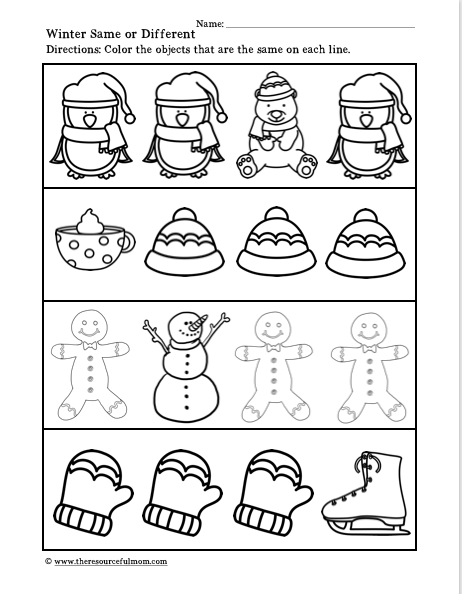
Access is free forever.
Signing up for a free Grow account is fast and easy and will allow you to bookmark articles to read later, on this website as well as many websites worldwide that use Grow.
- Share
PRESCHOOL PEDAGOGY • Great Russian Encyclopedia
Authors: LN Litvin
PRESCHOOL PEDAGOGY, a branch of pedagogy that studies the patterns of development, upbringing and education of children at the age preceding school entry. D. p. is based on the methodology and categorical apparatus of general pedagogy. Research in child psychology is interdisciplinary in nature and occupies a borderline position at the intersection of the fields of general pedagogy, child psychology, and developmental physiology.
In the history of pedagogical D. p.’s thoughts did not stand out as independent for a long time. industry. The arguments of the majority of ancient thinkers about education were predominately. general character, their comments on the early stages of age development are presented only in separate sections. indirect statements. This was due to the prevailing in societies. consciousness with the concept of childhood, which was not distinguished at all as a separate stage of human development. Consideration of the child from the point of view of his imperfection, lagging behind the adult in all physical. and psychological. parameters gave rise to a general orientation pedagogical. ideas to overcome this gap. The goal of upbringing and education was to achieve an "imperfect adult", which was considered a child, the level of normal development of an adult. Features of age-related psychophysical. development were regarded by Ch. arr. as obstacles to achieving this goal. Main the principles of teaching and educating a person from birth to adolescence, including the period of preschool childhood, were formulated by J. A. Comenius ("Mother's School", 1632; "Great Didactics", 1657; "The World of Sensible Things in Pictures", 1658).
general character, their comments on the early stages of age development are presented only in separate sections. indirect statements. This was due to the prevailing in societies. consciousness with the concept of childhood, which was not distinguished at all as a separate stage of human development. Consideration of the child from the point of view of his imperfection, lagging behind the adult in all physical. and psychological. parameters gave rise to a general orientation pedagogical. ideas to overcome this gap. The goal of upbringing and education was to achieve an "imperfect adult", which was considered a child, the level of normal development of an adult. Features of age-related psychophysical. development were regarded by Ch. arr. as obstacles to achieving this goal. Main the principles of teaching and educating a person from birth to adolescence, including the period of preschool childhood, were formulated by J. A. Comenius ("Mother's School", 1632; "Great Didactics", 1657; "The World of Sensible Things in Pictures", 1658).
During the Age of Enlightenment, the humanistic trends developed by J. Locke, who put forward important psychological and pedagogical. provisions on taking into account age characteristics, the mechanism of habit and its role in the formation of character, the development of children's curiosity and showed the ways of forming morality. For D.P., the ideas of J.J. Rousseau were of great importance, who argued that childhood should be considered as something independent in the general process of the formation of the personality, which has its own laws of development.
In the 2nd half. 18th century The problems of educating preschool children were raised in the works of I. B. Bazedov, I. Pestalozzi, and others.
the formation of D. p. as independent. the branch of knowledge was promoted by the activity of F. Frebel. His system of preschool education was based on progressive ideas: the idea of a child as a developing personality, an understanding of personality development as an active entry of a child into the world of natural and social phenomena, and the organization of special education.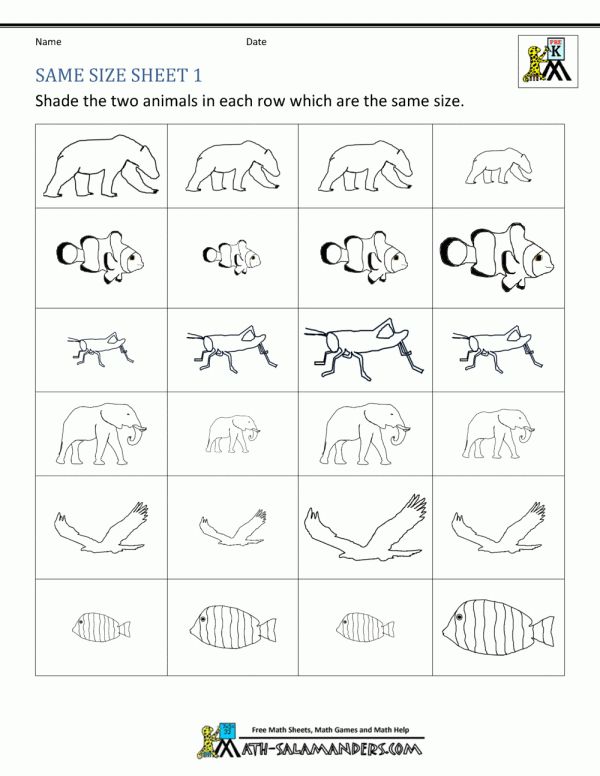 preschool institutions, etc. The original concepts of children's education were created by P. Kergomar, J. O. Decroly, and M. Montessori.
preschool institutions, etc. The original concepts of children's education were created by P. Kergomar, J. O. Decroly, and M. Montessori.
In the 2nd half. 20th century foreign D. p. relied on decomp. currents in psychology (cognitive, behavioral, psychoanalytic, humanistic, etc.). Almost all experts recognize the importance of early childhood experience as a decisive factor in determining the further development of the child. Main Differences in views on D. p. relate to the use of forms of education for preschoolers, the ratio of "academic" (cognitive), emotional and social factors in the formation of children's self-awareness. Conditionally allocated diff. models of preschool education: “academic” (formation of skills and abilities), intellectual (free search activity in an “enriched environment”, verbal interaction with adults and peers), “traditional” (the most common model based on a combination of mental, emotional, physical. and creative development).
In Russia, for a long time, the problems of D.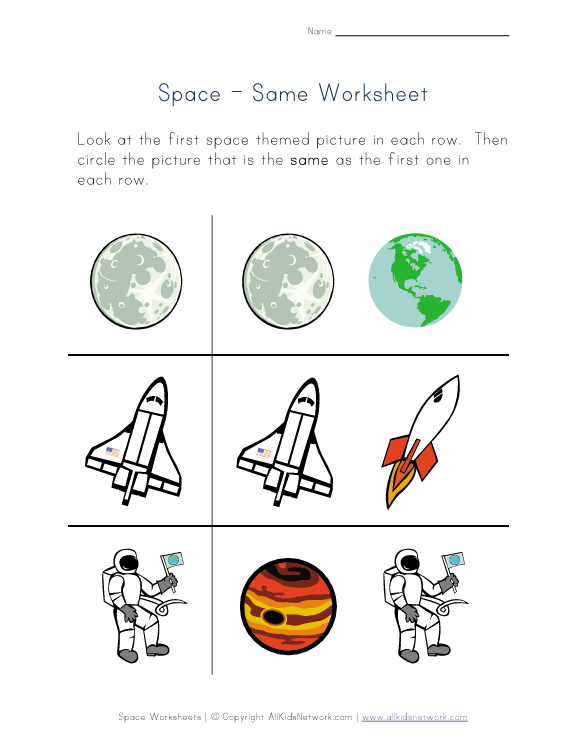 p. to family education. Societies. the upbringing of children was perceived negatively, preschool institutions were not of a mass nature. In the 18th century I. I. Betskoy developed a system for raising children, including preschoolers, in closed educational institutions. institutions. In the 19th century E. O. Gugel created a school for children aged 4–6 and developed a didactic. basics of educational and upbringing. work with older preschoolers. The need to develop D. p. (“science before science”) was recognized by V. F. Odoevsky. In the creation of the fatherland. K. D. Ushinsky, E. N. Vodovozova, A. S. Simonovich, and E. I. Konradi played an important role in the concept of D.P. At the turn of 19–20 centuries Fröbel societies and courses developed the theory of child development and trained preschool teachers. Ideas of societies. the upbringing of children was supported by P.F. Kapterev. The system of physical The development of preschoolers was proposed by P.F. Lesgaft. The ideas of free education of preschoolers were put into practice by K.
p. to family education. Societies. the upbringing of children was perceived negatively, preschool institutions were not of a mass nature. In the 18th century I. I. Betskoy developed a system for raising children, including preschoolers, in closed educational institutions. institutions. In the 19th century E. O. Gugel created a school for children aged 4–6 and developed a didactic. basics of educational and upbringing. work with older preschoolers. The need to develop D. p. (“science before science”) was recognized by V. F. Odoevsky. In the creation of the fatherland. K. D. Ushinsky, E. N. Vodovozova, A. S. Simonovich, and E. I. Konradi played an important role in the concept of D.P. At the turn of 19–20 centuries Fröbel societies and courses developed the theory of child development and trained preschool teachers. Ideas of societies. the upbringing of children was supported by P.F. Kapterev. The system of physical The development of preschoolers was proposed by P.F. Lesgaft. The ideas of free education of preschoolers were put into practice by K.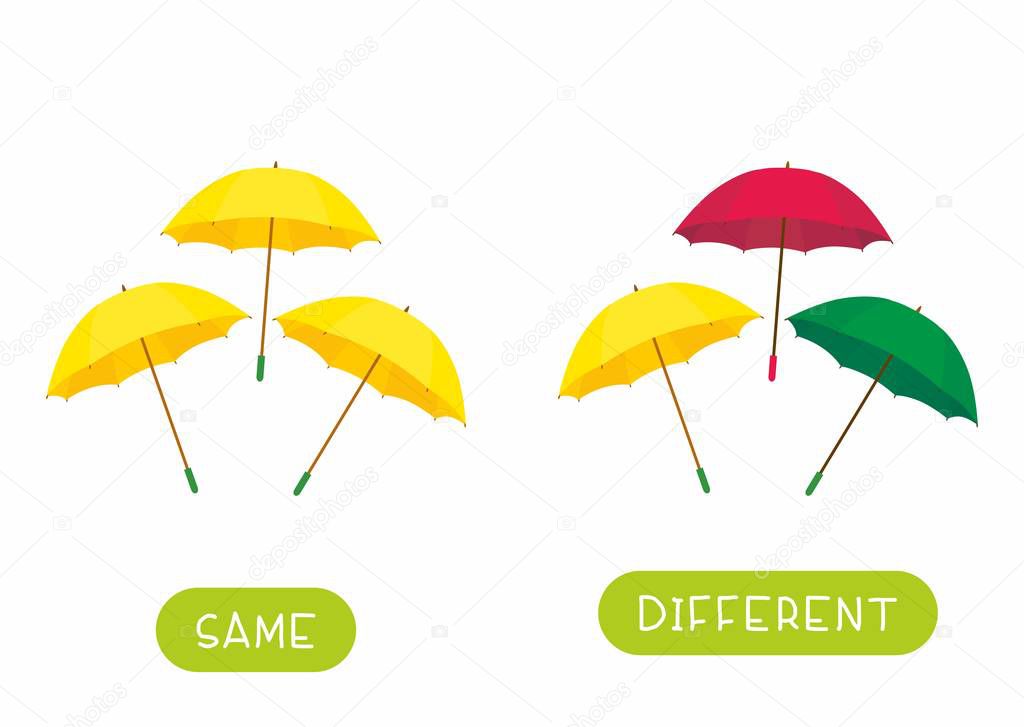 N. Wentzel, L. K. Schleger, M. Kh. Sventitskaya. The original system of preschool education was developed by E.I. Tikheeva (method of developing the speech of children, problems of sensory education, etc.).
N. Wentzel, L. K. Schleger, M. Kh. Sventitskaya. The original system of preschool education was developed by E.I. Tikheeva (method of developing the speech of children, problems of sensory education, etc.).
After 1917, the state began to pay great attention to D. p. In the 1920s Frebel institutions still continued to operate. At the congresses on preschool education (1919, 1921, 1924, and 1928), a new concept of educational pedagogy was worked out. Beginning with the 2nd congress, the ideas of Marxist pedagogy began to predominate in educational pedagogy. Ideologization and politicization of preschool education means. N. K. Krupskaya contributed to the degree. The guiding principles of D. p. (practically until Ser. 1980s) were the development of collectivism and materialistic. worldview, the predominance of the labor principle in education, anti-religious propaganda, critical. attitude towards non-ideological games, holidays, children's books, etc. To the con. 1920s children's institutions that used educational systems that were not approved by the People's Commissariat of Education were closed. So. damage to the development of children's education was caused by the resolution of the Central Committee of the All-Union Communist Party of Bolsheviks "On pedological perversions in the system of the People's Commissariat of Education" (1936).
So. damage to the development of children's education was caused by the resolution of the Central Committee of the All-Union Communist Party of Bolsheviks "On pedological perversions in the system of the People's Commissariat of Education" (1936).
In 1943, a department for the problems of preschool education was created under the APS of the RSFSR. In 1944–53 A.P. Usovoy jointly. a kindergarten didactics system was developed with employees: a program and methodology for teaching preschoolers was created. In 1960, the Scientific Research Institute of Preschool Education of the APS was established. Its employees with the USSR Academy of Medical Sciences, they created a unified program of education in preschool institutions aimed at eliminating disunity in education. working with children of early and preschool age. The works in the field of psychology of preschool age by A. V. Zaporozhets, D. B. Elkonin, L. A. Venger, and N. N. Poddyakov had a great influence on child development.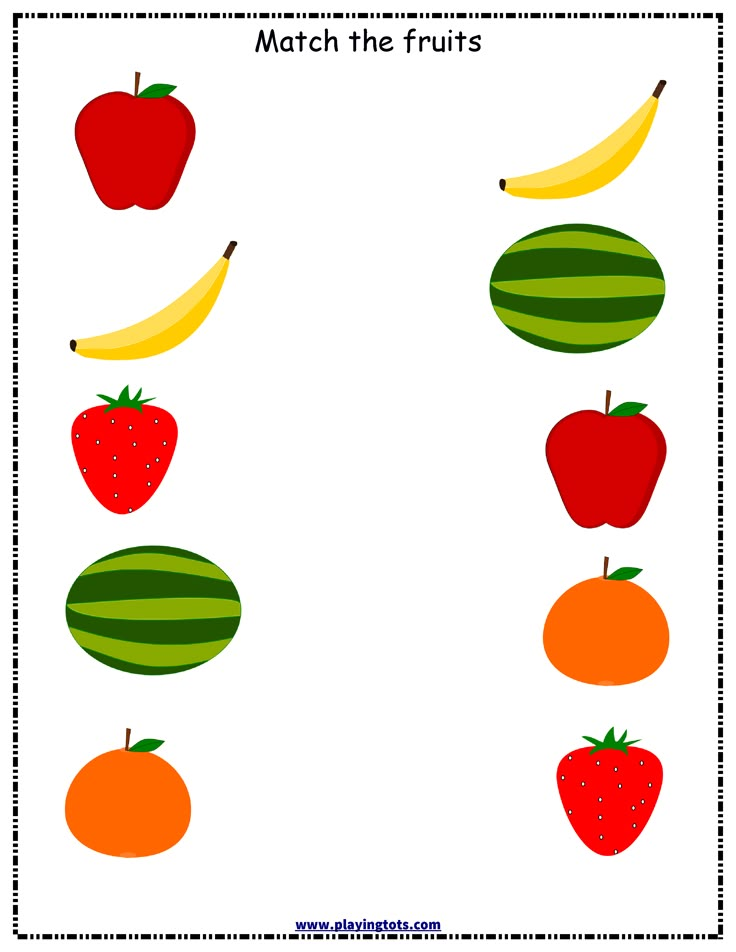
Ser. 1980s new concepts of child development are being created, based on the principles of humanism and democratization and focused on the inherent value of preschool childhood. State. and private preschool institutions operate according to variable (including author's) programs. Parents have the opportunity to choose a preschool institution depending on their education. preferences and finances.
Adaptation of young children to the conditions of preschool education - Logoprofy.ru
The adaptation of young children to the conditions of preschool educational institutions in most cases is a rather complex and disturbing process. The entry of children into the nursery changes the usual rhythm of the life of parents. They are very worried because they are used to the fact that their children are always under their control. Those, in turn, also experience stress because at home they are used to the same routine, feeding method and sleep patterns.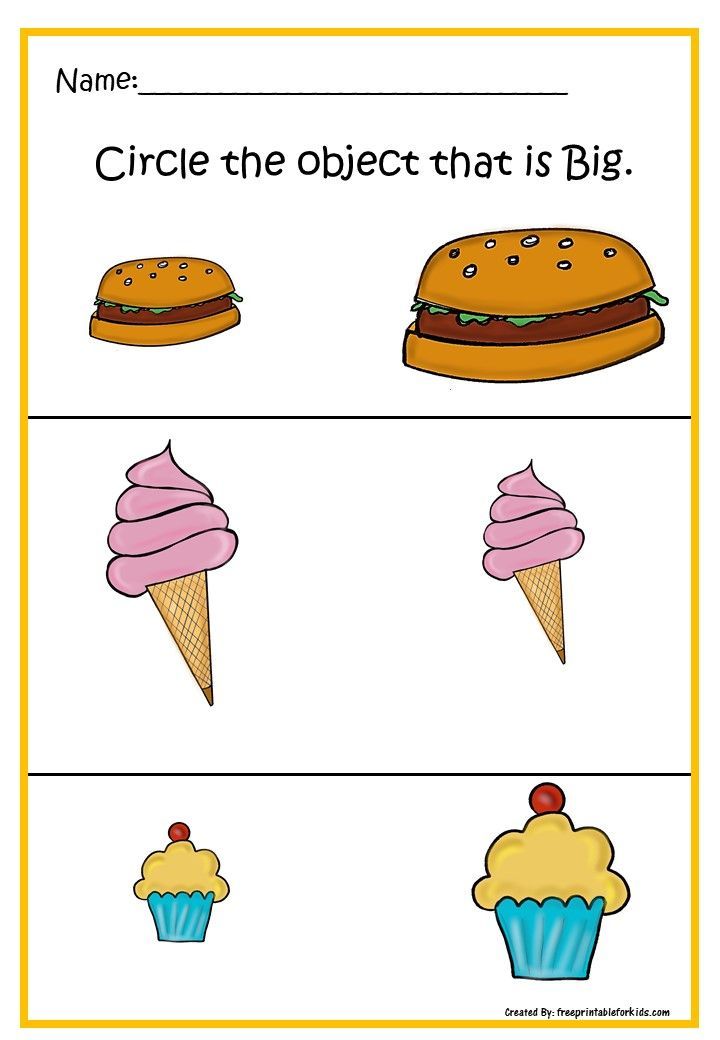 And at one fine moment, all this changes: the parents have not been seen for half a day, the food is completely different, the regimen is different.
And at one fine moment, all this changes: the parents have not been seen for half a day, the food is completely different, the regimen is different.
The child's ability to adapt to everything new - the daily routine, new people - depends on further education and development, a prosperous life in a preschool institution and in the family. It is the adaptation of young children to the conditions of the kindergarten that eliminates the problems that arise and forms the adaptability of children to everything new.
An important role is played by the social adaptation of young children, since the DOW is the first social institution where they gain experience of constant communication with peers and other people, it is here that the foundations of the communicative style are laid. Therefore, it is necessary to create an environment that children should get used to, given their age.
Adaptation of young children to the conditions of preschool education depends on their physiological and personal qualities, family relationships, living conditions in a preschool institution.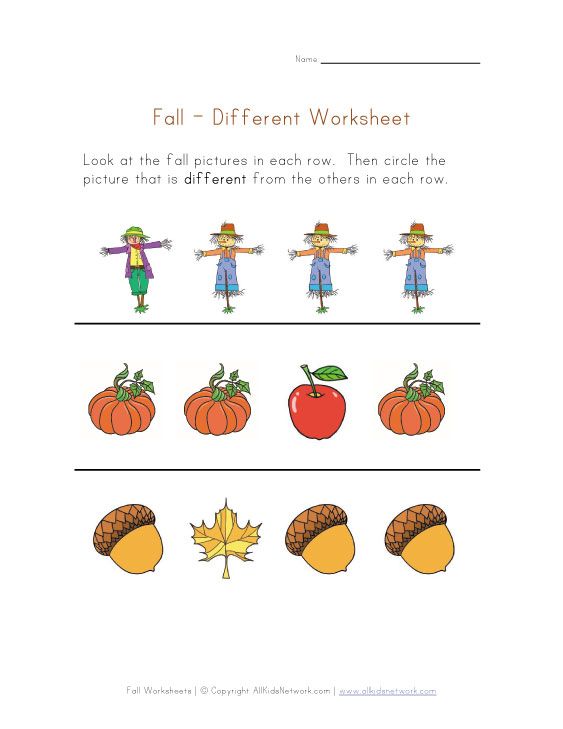
Adaptation in young children to the conditions of preschool education, its pace and formation occurs in different ways. To make this process more productive, it is necessary to maintain communication between parents and guardians, both parties must be willing to cooperate, to meet with each other. If the period of adaptation of the child to the garden is successful, then the child will be calm.
Adaptation to preschool children
At an early age, adaptation to preschool conditions goes through several stages. At the first stage of adaptation, information is collected about the characteristics and needs of the child. When parents first visit preschool institutions, they are introduced to the charter, the parental agreement. Parents also get to know the teachers and students of the group. An individual visiting schedule is being developed. The initial diagnosis is made.
At an early age, during adaptation, there is often a lack of reflection.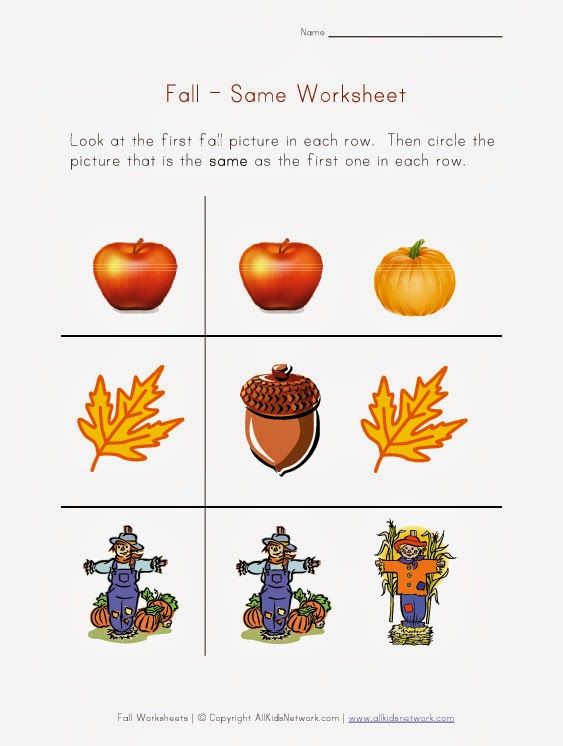 This is twice as much as it also makes things easier, but also complicates the diagnostic process and posing the underlying problem of early age.
This is twice as much as it also makes things easier, but also complicates the diagnostic process and posing the underlying problem of early age.
Psycho-corrective work is carried out on the basis of experience at an early age, following the position of "here and now" and with an emphasis on consolidating positive processes that arise in the process of corrective work.
At the second stage - the final diagnosis of signs of early adaptation, a comparative analysis of the values of primary and final diagnosis is also carried out.
When the adaptation of young children to preschool education ends, there is a medical-psychological-pedagogical consultation with an expanded composition, which analyzes the results of work in the process of adaptation, its positive aspects and problem situations, summarizes the results. Changes have been made to the plan for organizing the adaptation process, and subsequent activities are discussed in accordance with the specifics of the adaptation of students.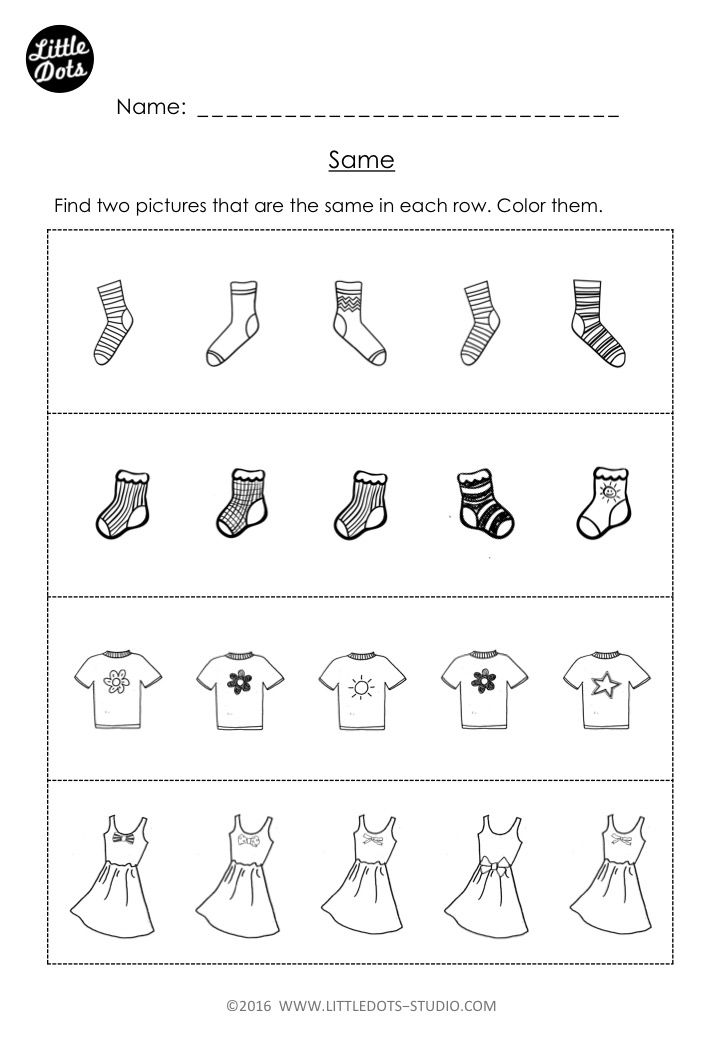
In order to quickly adapt to new circumstances, the new regime, certain conditions must be created for the adaptation of young children in kindergarten. Purposeful organization of the life of children should be carried out when entering the unfamiliar environment of a preschool institution, this will have an impact on the formation of a positive attitude towards kindergarten.
Conditions for the adaptation of young children in preschool education must be agreed upon by both parties - from parents and guardians. If educators have pedagogical knowledge about what conditions for the adaptation of young children in preschool institutions will be better, parents should take this into account so that the conditions at home and kindergarten are as similar as possible.
Almost all children entering kindergarten cry, a slightly smaller part behave more confidently, it is clear from them that they are not particularly worried about this. They accurately perform all the actions of the educator.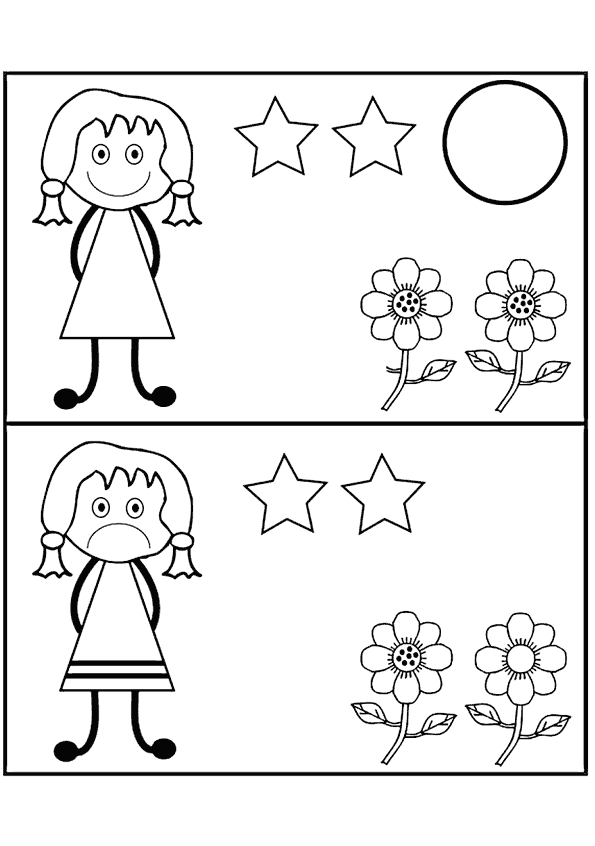 It is easier for such children to say goodbye to their relatives, and it is easier for them to adapt.
It is easier for such children to say goodbye to their relatives, and it is easier for them to adapt.
Others go with their parents to the group. This behavior shows that children need communication. They are afraid of being left without a mom or dad in the group, so the guardian may let the parents stay. Feeling the support of a loved one at this moment, the baby begins to behave more relaxed and confident, he begins to be interested in toys. If parents are always close to the child, then he will not be able to go through the process of adaptation and communicate in the future.
The behavior of children is often very different because everyone had different developmental conditions, and even before they were enrolled in preschool, they had different needs. Of particular importance is the psychological readiness of young children for kindergarten, this is one of the results of the development of the psyche of a preschooler.
Difficulties in adapting young children to the conditions of preschool education may arise when participating in a communication process that is not interesting for them.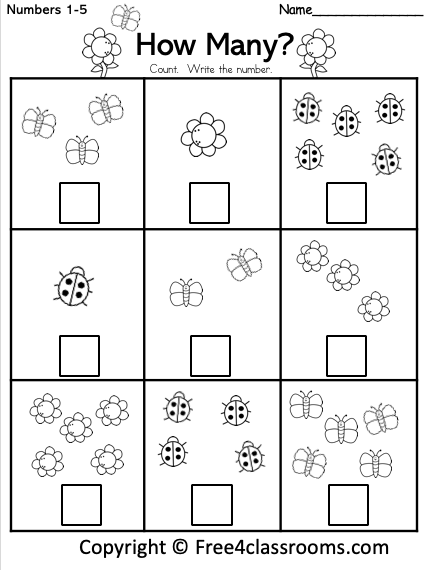 Parents should talk a lot with their children, introduce them to peers outside of kindergarten, so that they are ready for intensive communication.
Parents should talk a lot with their children, introduce them to peers outside of kindergarten, so that they are ready for intensive communication.
Non-compliance with the basic pedagogical rules in education can lead to violations of their intellectual sphere and physical maturation. As a result, negative forms of behavior are formed.
The adaptation of young children to the conditions of preschool education has three stages. The first is the acute phase, characterized by an unstable somatic and mental state. Often, children lose weight, suffer from respiratory diseases, suffer from sleep disorders, and there is a decrease in speech development.
The second phase of adaptation in young children is subacute, normal behavior is characteristic here, all progress weakens and is recorded against the background of a slightly slower rate of development, in particular mental development, compared to average age norms.
The third stage of adaptation of young children to the conditions of preschool education is compensation, the pace of development increases and towards the end of the year the pace of development is delayed.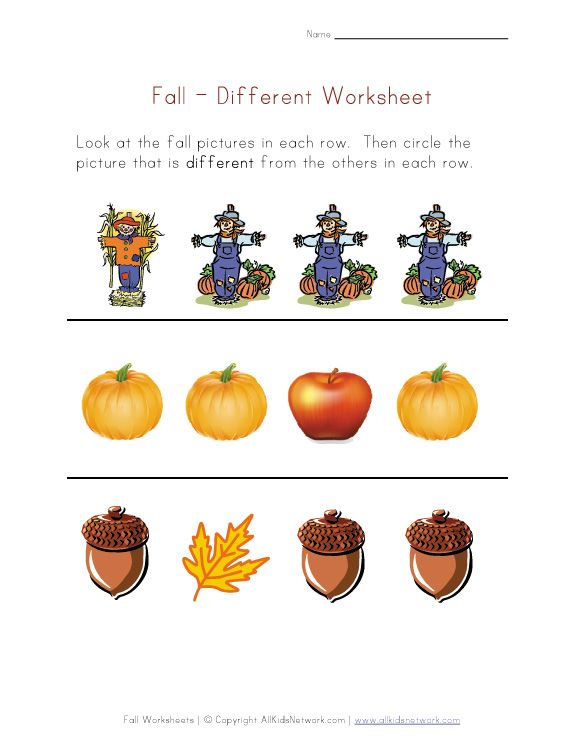
For the transition from family to preschool to be successful during the adjustment period, it must be gradual. Of great importance is the coordination of self-esteem and claims of crumbs with their true abilities and environmental conditions.
Adaptation of children in early kindergarten has three levels. Easy adaptation at an early age is characterized by a relatively short stay in a negative emotional state and mood. Small children are characterized by sleep disturbances, they have no appetite, they do not want to play with their peers. In less than a month, this condition returns to normal. Joyful, stable condition, active communication with adults and other young children.
Adaptation to preschool educational institutions for young children of moderate severity is expressed in a slower normalization of the emotional state. In the first month of adaptation, diseases often occur, mainly respiratory infections. Such diseases last from a week to ten days and end without complications.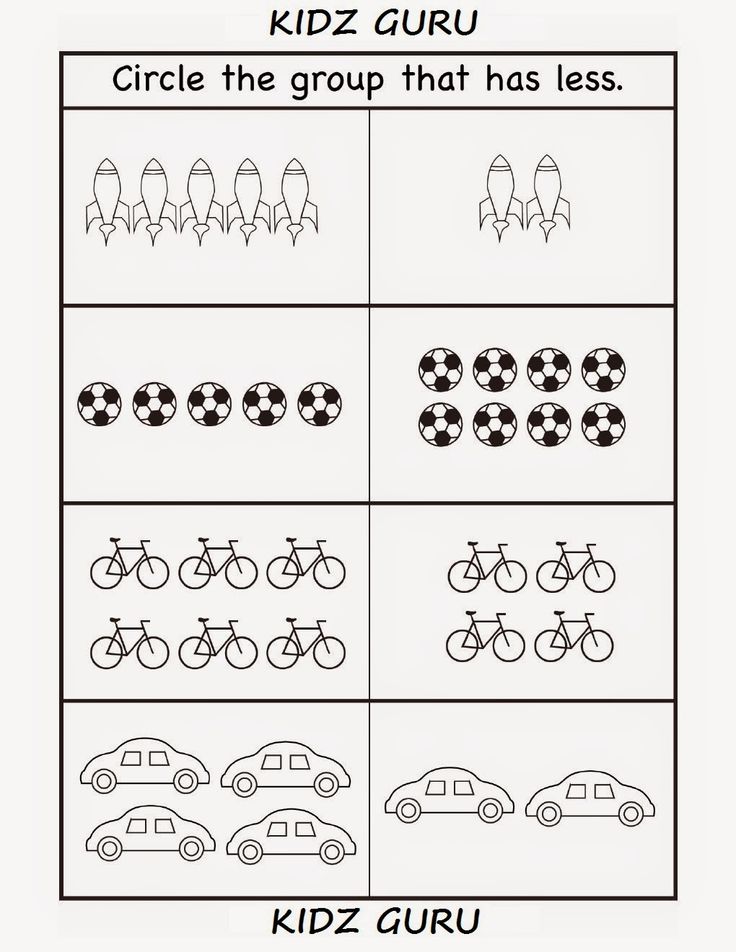 The mental state is unstable, any novelty contributes to negative emotional reactions. With the help of an adult, children are more interested in cognitive activities and are more likely to get used to new conditions.
The mental state is unstable, any novelty contributes to negative emotional reactions. With the help of an adult, children are more interested in cognitive activities and are more likely to get used to new conditions.
Pronounced degree of adaptation: the emotional state stabilizes very slowly, can last several months. In a difficult period of adaptation, aggressive-destructive reactions are characteristic. All this affects health and development. A serious degree of adaptation at an early age is due to several reasons: the lack of a regimen in the family that would coincide with the order in kindergarten, the inability to play with a toy, peculiar habits, lack of hygiene skills, and the inability to communicate with new people.
The adjustment of young children to preschool settings can be easy, quick and almost painless, but it can also be difficult. It is impossible to immediately determine exactly what it will be, it depends on the influence of many different factors: from the conditions of the pregnancy period to the individual properties of the central nervous system.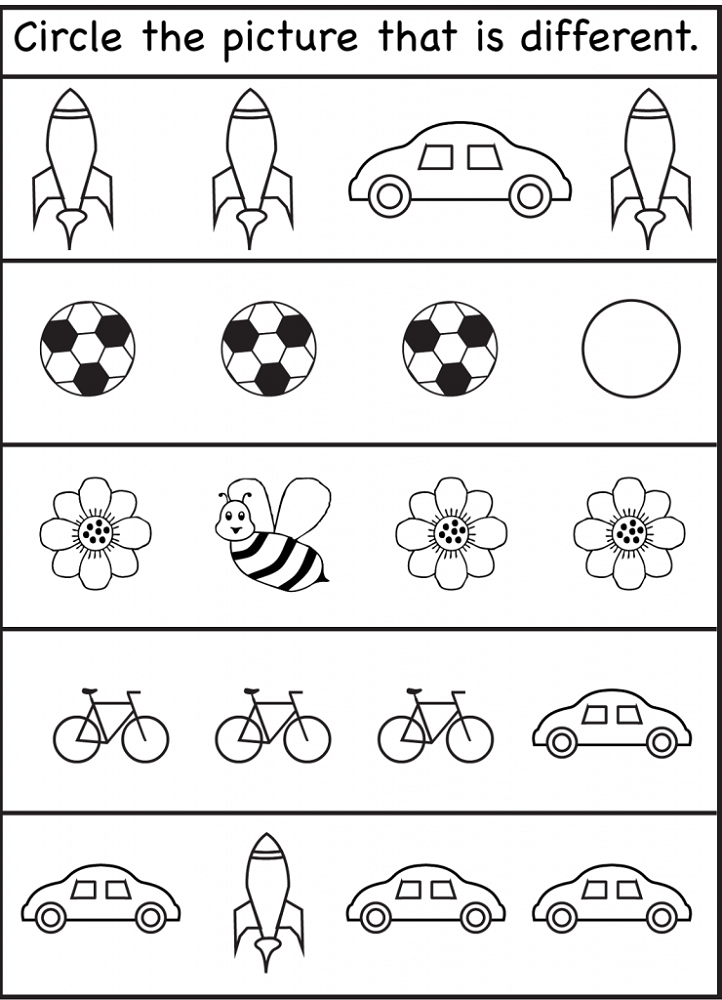 Only an experienced pediatrician can guess what the adaptation of a small child will be like, what difficulties may arise in its course.
Only an experienced pediatrician can guess what the adaptation of a small child will be like, what difficulties may arise in its course.
Regardless of the prognosis, one way or another, negative signs will always occur at the level of the whole organism. But such deviations are a small part of what may be present in the behavior of young children. They are under severe mental stress that follows them everywhere. Therefore, children experience stress or are one step away from it. If the stress is minimal, then the shifts in the adaptation period will be calm. If the stress is completely captured, then most likely the child will get sick, this happens during a difficult adaptation.
Mental state also changes noticeably. After enrolling in preschool, children change dramatically in the opposite direction, their own parents often do not recognize them. For example, if earlier the child was calm and balanced, now he began to throw tantrums and act up. He has lost the self care skills he previously used. This process is called regression and is a response to stress. The skills lost during the regression return after a while, and by the end of the adaptation phase, everything becomes normal.
This process is called regression and is a response to stress. The skills lost during the regression return after a while, and by the end of the adaptation phase, everything becomes normal.
The social adaptation of young children is often very difficult, because fear is a constant companion of this period. They are afraid of unfamiliar adults and peers, they do not understand why they should obey other adults, they like to play by themselves, and not with others. All this forms their intimacy from contacts with others, introversion. Other children also do not want to come into contact with such a child, because they see how he is afraid of everything that surrounds him, and calls only his mother, who can protect him. If a moment comes when the child finds contact with other children, this means that the period of adaptation is over.
Kindergarten is the place where the experience of collective communication takes place for the first time. New circumstances, new acquaintances - all this is not immediately perceived.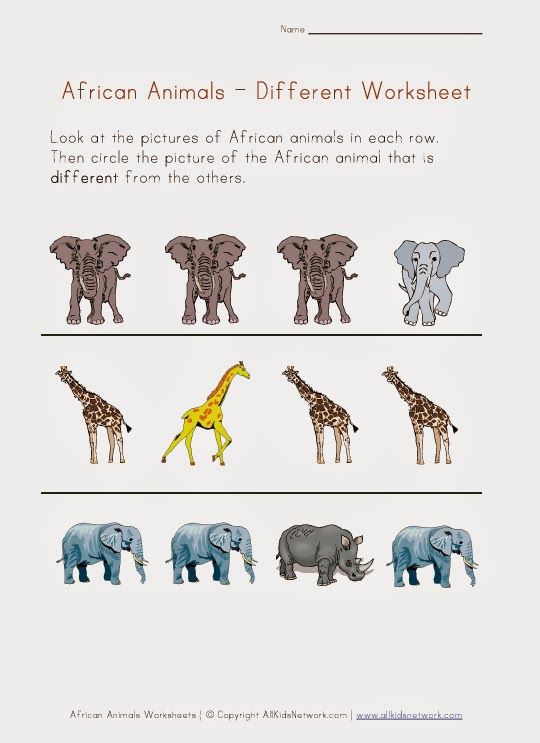 Most children respond by crying. Some can very easily enter the group, but cry at home in the evenings, others go to kindergarten, but just before entering, they begin to cry and act up.
Most children respond by crying. Some can very easily enter the group, but cry at home in the evenings, others go to kindergarten, but just before entering, they begin to cry and act up.
The manner of education plays an important role in adapting to new circumstances. Often it is in the family that the reason for low social adaptation lies. Personality is formed to a greater extent in the family. The structure of the family, its cultural level of development, observance of moral rules, moral laws and the attitude of parents are also of great importance.
The family especially influences the formation of the self-concept, since the family is the only social sphere for children who do not attend preschool institutions. This family influence lasts for some time later in life.
The child has no personal experience of the past, does not know the criteria for self-assessment. He is guided only by the experience of the people around him, their assessment, the information he receives from the family, and for the first time in many years he has formed a self-esteem.